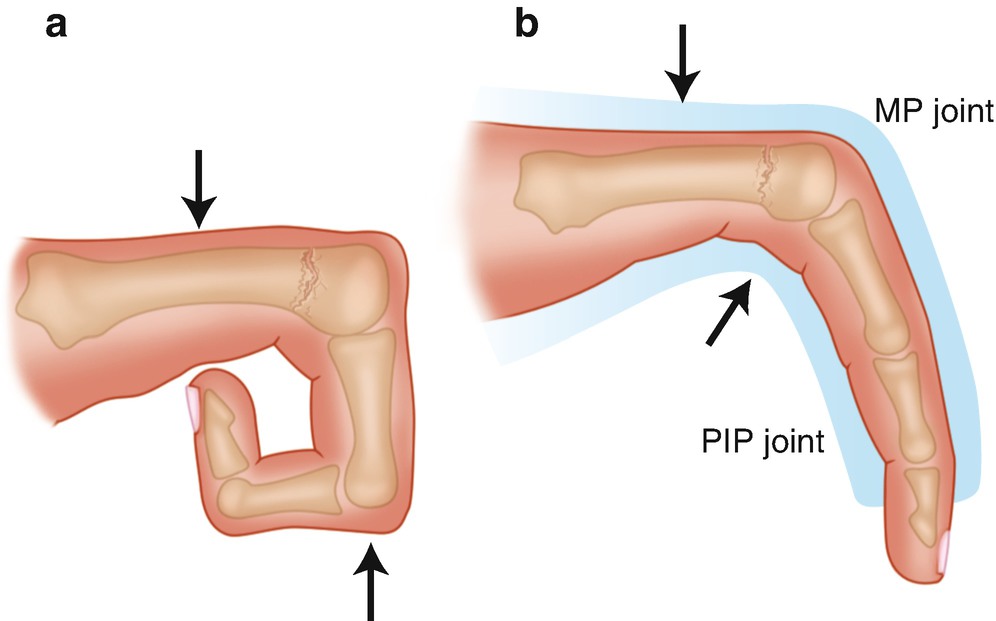okikiko.com – Treatment for Metacarpal Neck Fracture is dependent on the nature of the injury and the structure involved. Active motion is usually started as soon as possible after injury, and joint mobilization is often initiated simultaneously. Before applying a splint, reduction is necessary. This is typically done using closed reduction techniques. Using an ulnar nerve block or hematoma block can reduce the amount of pain associated with the reduction. After the splint has been removed, patients can begin gradual range-of-motion exercises.
The combination of arthroscopic and open reduction is highly recommended for neck fractures
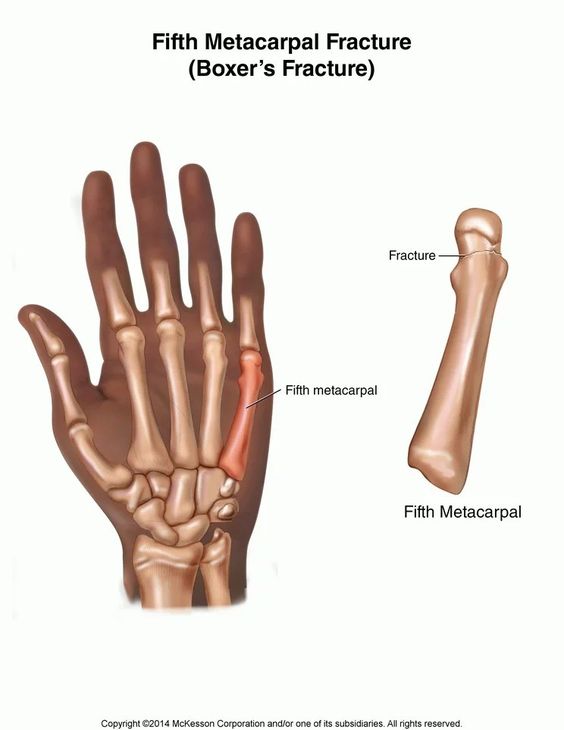
Surgical management is the most common treatment for metacarpal neck fractures. Depending on the severity of the fracture, a combination of arthroscopic and open reduction and internal fixation is recommended. First-line fixation options include: locking plate, number of distal locking screws, diameter of the screws, and usage of lag screws. The use of three-screw fixation is less common and is associated with increased volar angulation.
Casts or splints are used to straighten bones
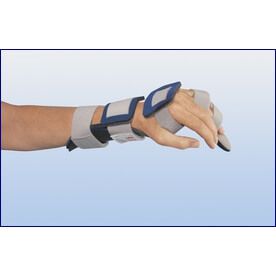 The most common method of treatment for metacarpal neck fracture is casts or splinting. This treatment is usually used when the fracture is not displaced too far and is not severe. Casts or splints are used to straighten the bone. The cast is often worn for four to six weeks and is effective in treating metacarpal neck fractures. But in severe cases, it may be necessary to undergo surgical treatment.
The most common method of treatment for metacarpal neck fracture is casts or splinting. This treatment is usually used when the fracture is not displaced too far and is not severe. Casts or splints are used to straighten the bone. The cast is often worn for four to six weeks and is effective in treating metacarpal neck fractures. But in severe cases, it may be necessary to undergo surgical treatment.
An operative approach to a metacarpal neck fracture involves reduction and plate and screws. The third- and fourth-metacarpals may require a partial or complete incision of the sagittal band. An arthrotomy is also necessary if distal exposure is too limited. The third- and fourth-meta-carpal bones are located in a confined space. An arthrotomy is also required in rare cases.
Antegrade approach is the best method to treat fractures

An antegrade approach to treat metacarpal neck fracture is the best method for treating a fracture. The patient is usually in an unsteady position and should be immobilized for several days. In addition to a reduction, a fractured metacarpal may need to be stabilized. During a surgery, the surgeon will perform a surgical procedure to repair a broken metacarpal. The first step is a local anesthesia.
X-rays are essential for diagnosing a metacarpal fracture. A physician should be able to perform a CT scan and MRI to evaluate the fracture. However, a doctor may not be able to assess the fracture until the X-ray has determined its location. Further, the patient should be given the correct prescription for pain relief. This procedure will allow the injured hand to heal with less pain than a closed reduction.
Lateral X-rays are useful for diagnosing and treating metacarpal fractures
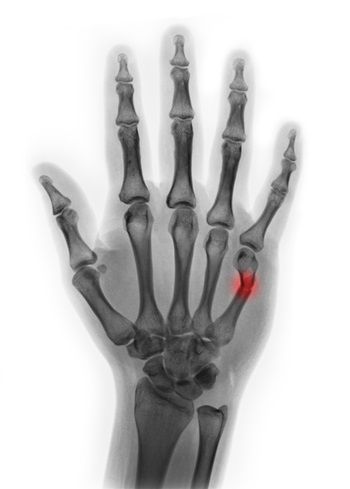
A reduction involves inserting two wires into the fracture site retrogradely. The first wire is inserted through the distal end of the metacarpal. The second wire is driven into the fractured part of the metacarpal. This reduction is successful in correcting a malrotated metacarpal. The lateral x-ray is useful for diagnosing and treating a metacarpal fracture. During the procedure, the operator should use local anesthesia to reduce the pain.
The patient should be examined immediately after the fracture. If the fracture is an angulated fracture, the patient will likely need to be in a cast for four to six weeks. If the fracture is not badly displaced, nonsurgical treatment can be effective. X-rays may be used for this condition. They can also be performed in children. This can help prevent the patient from experiencing further pain. There are many different treatments for Metacarpal Neck Fracture, and the first is to reduce the pain.
Injuries that are too severe require an x-ray for fractures
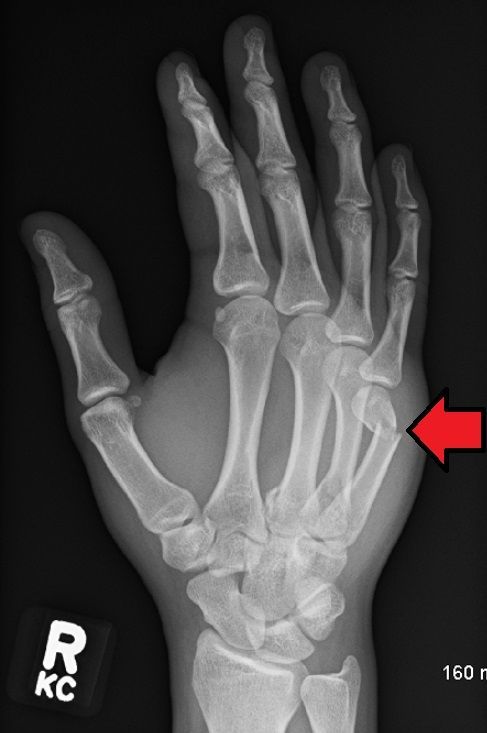
The treatment for this fracture is largely based on radiography. In some cases, the injury is too advanced to require an x-ray. The resulting bone fracture is likely to be asymmetric, with a sagittal shape. The patient should undergo neurovascular imaging to determine the extent of the fracture. A lateral X-ray is useful for determining if a partial or full metacarpal is involved.
Transverse pinning is a method of stabilizing a metacarpal fracture. K-wires are inserted through the distal portion of the metacarpal. The K-wires are held in place by the surgeon. The pinning procedure is also known as crucifix pinning. The crucifix-like shape of the nail is used to minimize the fracture. It is an effective technique for reducing a metacarpal neck fracture.

